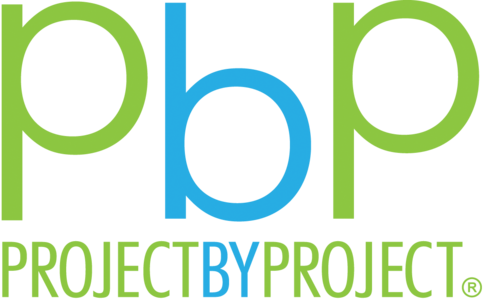7 Takeaways to Mobilize the API Community to End Homelessness
In a stunning release of 2019 Point In Time numbers, the Greater Los Angeles Homeless Count recently reported that homeless across LA County went up 12% this past year. To support our campaign on Asian Americans and Homelessness, and the Asian Pacific Islander American Heritage Month in May, Project by Project hosted an educational speakers' panel featuring AAPI experts and community advocates to share their work and experience tackling the rising rate of homelessness in LA County.
Hosted at the General Assembly Little Tokyo, leaders from the panel addressed the myths and root causes related to homelessness, their experiences with people experiencing homelessness, and the opportunities for community members to become part of the solution. Here are some key highlights from our non-profit panel.
1. Homeless college students?
With a wide network of support and resources on college campuses such as financial aid and scholarships, many are surprised by how homelessness is affecting college students across California. Paying for higher education is becoming increasingly difficult because of (1) lack of affordable education and (2) lack of affordable housing. Addressing homelessness in Los Angeles must also address include students in higher education. Louis Tse from Bruin Shelter UCLA shared some grimming statistics of homelessness in higher education:
5% of UC students are experiencing homelessness
10% of Cal State students self identify with being homeless
20% of LA community college student students have experienced homelessness this past year
2. Wellness programs work.
It is important that we care for our more vulnerable neighbors to help them become increasingly self-sufficient by rebuilding their dignity. At The People Concern, Calvin Chan shared the success of Wellness Programs that helped those experiencing homelessness to combat addiction to substance use. From their recent data, 55% of the evaluated participants in their Wellness Program saw a decrease in their BMI. Of the smokers, 19% quit, and 47% smoked less. Calvin emphasized that Wellness Programs do work, but these success stories have not reached vast majority of LA residents.
3. The Power of Support
There is no guaranteed way to financial security; however, we can take steps to protect ourselves and help those facing risks of homelessness. Tarry Kang from Ascencia cited that one of the most powerful tools homeless adults can depend on to rise out of homelessness is a support group. If you meet someone who may need financial support, take the lead to create a support group of friends and family to help connect them to resources like food banks and rental assistance programs.
4. Businesses with Philanthropic Missions
By aligning their mission with the campaign to end homelessness, businesses often create innovative ways to channel their products and services into something bigger. Tian Mu, the founder of Brethren Shoes, felt his business had a higher calling after realizing his company could do more by matching donations for every shoe sold. By restructuring his business model, Brethren Shoes offers their customers a direct way to impact homelessness. Thanks to the support of the speaker’s event attendees thru an exclusive promo code, one shoe for every shoe purchased has been donated to CPAF to support homeless women survivors of domestic violence.
5. Humanizing Homelessness
NIMBY stands for Not In My Back Yard. It is an attitude of some residents’ opposition to establishing homeless housing in their neighborhoods. While some are worried about security and property values, residents need to understand that it is better to have people experiencing homelessness housed and supported than to have them living in tent encampments. Jen Kim from Los Angeles County Homeless Initiative shared that most people are already predisposed to help the homeless, and the challenge is to share the countless success stories with the small and vocal opponents.
6. How to Thrive
Domestic violence is a leading cause of homelessness among women. Addressing homelessness for women survivors of domestic violence and sexual assault requires focusing on building the strength to lead independent, violent-free lives. Director Patima Komolamit from CPAF's Shelter Program highlighted how the success of their Shelter Programs hinges on embracing healthy relationships and reintegrating survivors back into society.
7. Supporting Housing Opportunities Meant for Everyone (H.O.M.E)!
Temporary homeless shelters are not the only housing needed in Los Angeles. Both shelter diversion programs for those at risk and permanent supportive housing for chronically homeless people are critical to connect with services and finance resources to achieve and sustain housing. Winnie Fong from Estolano LeSar Advisors shared supportive housing combines affordable houses with on-site health and job services to help people successfully overcome homlessness and lead stable lives.
How You Can Help?
This year, net proceeds from our annual tasting benefit are donated to our beneficiary partner Center for the Pacific Asian Family (CPAF) to support transitional housing and critical services for homeless victims of domestic violence and sexual assault. Plate by Plate will bring you over 40 top restaurants and barkeeps in Los Angeles in Supporting Housing Opportunities Meant for Everyone (H.O.M.E.). Mark your calendar and make it a note to swing by Hotel Indigo in Downtown LA on Saturday, August 3rd, to learn more about the root causes and solutions to homelessness and help prevent and combat homelessness in your local community.
You can purchase discounted tickets at our Ticket Launch Mixer at 6PM June 18 at the Rhythm Room in DTLA.




